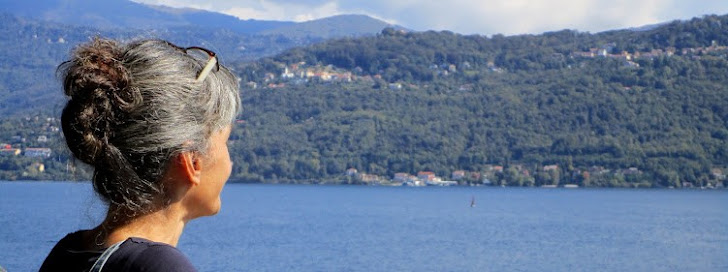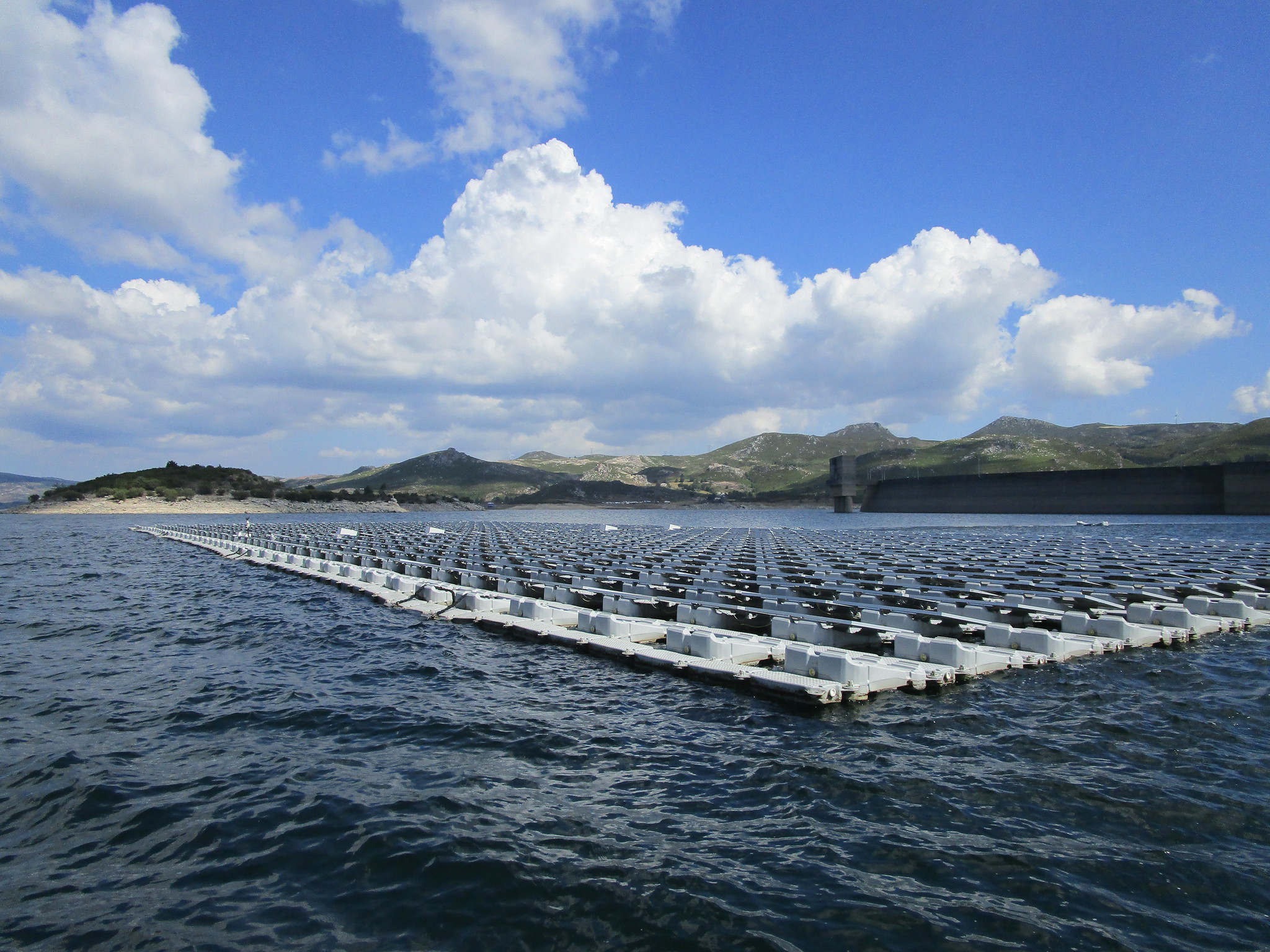"Only by altering our habits, and by endeavouring to live less exploitatively, can we prevent the changes to the environment from becoming an unparalleled catastrophe, another Great Dying. (...) People are understandably worried that it might lower our quality of life in the short term, and involve some personal and societal effort." Yet, "without our action at the level of community, of the nation, of the globe, we will certainly suffer even more. (...) we must enter into a more mutualistic relationship with our global environment. Only then can we preserve not just their infinite variety, but also our place within them" and "we too will live in hope." Thomas Halliday (2022). Otherlands: A World in the Making. Photos by Monica Pinheiro free to use if you respect the license CC BY-NC-SA ( CC ).

"More than conversation at the interface, it is creative assemblages like these that explore and elaborate the particular dynamic capacities that digital media afford and the ways that through them humans and machines can perform interesting new effects (...) in uniquely particular ways." Lucy Suchman (2009). Human-machine reconfigurations: plans and situated actions.
Showing posts with label environment. Show all posts
Showing posts with label environment. Show all posts
Dec 21, 2022
December
by
Monica Pinheiro
0
comments
 Labels:
Behaviours,
change,
climate change,
environment,
hope,
Solstice,
Terrestrial
Labels:
Behaviours,
change,
climate change,
environment,
hope,
Solstice,
Terrestrial
Mar 22, 2022
March
"If the past has any significance for the present, here is a strong reminder that technology alone is never sufficient to garantee the future. What once served well under past environmental conditions may come to an abrupt end." Helga Nowotony (2016). The Cunning of Uncertainty. Image by Monica Pinheiro, license CC BY-NC-SA ( CC ).
Jun 23, 2021
June
What can we do with what we already have? What is the environment giving in abundance that we can use to solve a need or a problem? Knowledge, art, technology, resources, «things»? While we aspire for something else, what can we do with what we have?
Cut out plants may be garbage, food, play, or energy. They are also colour pallets, materials for creating tapestries, windows for other worlds. Plants, seeds, bark, and all kinds of different materials that lay around in the environment. Feeling the touch, discovering the colour, memorizing the smell. Weaving quietly different textures and tensions. Creating peace to guide action. Liberating the mind to shape possibilities.
Image by Monica Pinheiro, license CC BY-NC-SA ( CC ).
by
Monica Pinheiro
0
comments
 Labels:
art,
environment,
life,
mindfulness,
opportunities,
raw materials,
tapestry,
upcyle,
windows
Labels:
art,
environment,
life,
mindfulness,
opportunities,
raw materials,
tapestry,
upcyle,
windows
Dec 12, 2020
December
“If the composition of the air we breath depends on living beings, the atmosphere is no longer simply the environment in which living beings are located and in which they evolve; it is, in part, a result of their actions. In other words, there are not organisms on one side and the environment on the other, but a co-production by both. Agencies are redistributed.” Bruno Latour (2020). Down to Earth: Politics in the New Climatic Regime. Image by Monica Pinheiro, license CC BY-NC-SA (CC).
May 13, 2020
mobility
by
Monica Pinheiro
2
comments
 Labels:
clean transition,
environment,
environmentaly safe,
green,
green mobility,
mobility
Labels:
clean transition,
environment,
environmentaly safe,
green,
green mobility,
mobility
Jul 18, 2019
July

"Infrastructure is both relational and ecological—it means different things to different groups and it is part of the balance of action, tools, and the built environment, inseparable from them. (...) to understand the interplay of online and offline behavior (...) include studying the design of infrastructure, understanding the paradoxes of infrastructure as both transparent and opaque, including invisible work in the ecological analysis, and pinpointing the epistemological status of indicators." Susan Leigh Star, 1999. The Ethnography of Infrastructure. American Behavioral Scientists, 43(3), pp 377-391. Image by Monica Pinheiro, license CC BY-NC-SA (CC)
May 26, 2019
Behaviours
"To the extent people prioritize values and goals such as achievement, money, power, status and image, they tend to hold more negative attitudes towards the environment, are less likely to engage in positive environmental behaviours, and are more likely to use natural resources unsustainably." Tim Cromptron & Tim Kasser, 2009. Meeting Environmental Challenges: The Role of Human Identity. Image by Monica Pinheiro, license CC BY-NC-SA (CC)
Subscribe to:
Comments (Atom)





